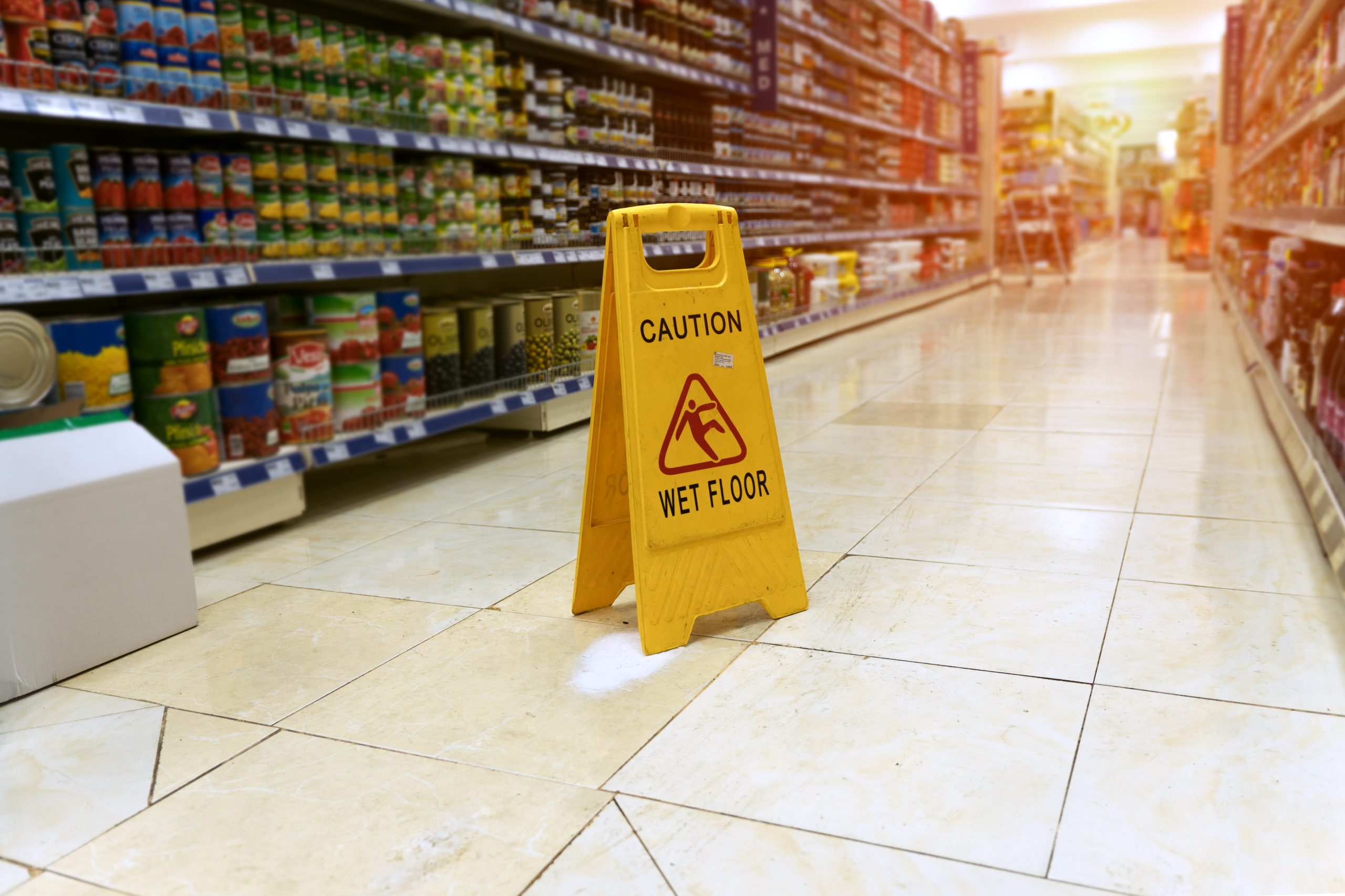A slip and fall accident refers to a situation where an individual unintentionally falls, slips, or trips due to an unsafe or hazardous condition at a premise. Wet or slippery surfaces, inadequate lighting, uneven flooring, and other environmental variables are common culprits. The key to addressing a slip and fall accident is understanding your rights and responsibilities, as well as knowing the proper steps to take immediately after the incident.
Step 1: Seek Immediate Medical Attention
Don’t underestimate the extent of your injuries after a slip and fall. Some injuries may not be visible or may take time to manifest fully. By seeking immediate medical attention, you can identify any injuries accurately and start treatment right away. Additionally, this step will ensure that you receive proper documentation of your injuries, which is crucial for a slip and fall case.
How medical records serve as crucial evidence in a slip and fall case
Medical records provide evidence of the injuries suffered as a result of the slip and fall accident. They are a powerful tool for personal injury lawyers when negotiating a fair settlement or presenting your case in court.
Step 2: Report the Accident
Make sure to report the accident to the appropriate party. If the slip and fall occurred in a store or business establishment, notify the management. If it happened on public property, report it to the local authorities. If it happened at a friend or neighbor’s home, tell the homeowner. An official report documents the occurrence of the accident and can strengthen your case. Obtain a copy of the incident report for your records.
Tips for providing a clear, factual account of what happened
When reporting the accident, provide concise and accurate information. Avoid speculation or assuming blame. Stick to the facts and share only what you saw, heard, or experienced during the incident.
Step 3: Document Everything
Gathering evidence from the accident scene can help prove negligence on the part of the property owner. Take photographs of the area where the slip and fall took place, showing any hazards or dangerous conditions. Take photos of any visible bodily harm such as bruises or lacerations. Make sure you keep track of all medical records and expenses.
How to keep a record of medical visits and expenses
Maintain a detailed log of all medical appointments and treatments received, as well as any related expenses incurred. Obtain copies of medical bills, prescription receipts, and other relevant documents. This information will be invaluable in calculating your financial losses and determining a fair settlement value for your case.
Step 4: Avoid Discussing the Incident
After a slip and fall accident, it’s natural to want to discuss what happened with the property owner or their insurance company. However, doing so can be detrimental to your potential personal injury claim. Here are a few reasons why you should avoid discussing the accident:
Admitting fault: In the heat of the moment, you might feel inclined to apologize or take responsibility for the accident. Doing so, even in part, may be used by the property owner or their insurance company to reduce or deny your compensation.
Misinformation: You might not have all the facts about the accident at the time, leading you to say things inaccurately. If this information is later used against you, it could damage your case.
Misinterpretation: Your words can be easily misunderstood or misconstrued by others involved in the accident. These misinterpretations can color how your claim is handled and potentially compromise your case.
The potential consequences of discussing the accident prematurely
Discussing the accident before consulting with a personal injury lawyer can have several consequences, including:
Compromised evidence: Statements made shortly after the accident can be used against you in court. If you say something that contradicts the evidence gathered by your lawyer, it could weaken your case.
Added stress: Engaging in discussions about the accident with the property owner or insurance company can be emotionally taxing and time-consuming. By avoiding these conversations, you can focus on recovering from your injuries and leave the legal matters to your attorney.
Step 5: Consult with a Personal Injury Lawyer
Navigating a slip and fall injury can be challenging without the assistance of an experienced attorney. A personal injury lawyer can help in the following ways:
Evaluating Your Claim: A personal injury lawyer will assess your situation and help you understand the feasibility of your slip and fall claim. They can guide you on the likelihood of success, potential recovery amount, and the best route to take (settlement or litigation).
Communicating with Insurance Companies: Insurance companies may attempt to downplay your injuries or deny your claim altogether. A lawyer specializing in personal injury cases acts as your representative, engaging in discussions with insurance providers to secure reimbursement for your damages.
Gathering Evidence: An experienced attorney understands the importance of solid evidence in winning a personal injury claim. They can work with medical professionals, accident reconstruction experts, and other specialists to obtain crucial evidence that can strengthen your case.
Filing Legal Documents: A personal injury lawyer will file all necessary paperwork, abiding by court requirements and deadlines, ensuring your case moves forward smoothly and avoid potential roadblocks.
Representation in Court: If your slip and fall case proceeds to court, your lawyer will be there to represent you in court. They will present a persuasive and well-prepared case to showcase the responsible party’s negligence and justify your right to compensation.
If you or someone you know has recently experienced a slip and fall accident, don’t hesitate to seek professional help immediately. Reach out to a trusted personal injury attorney to get the financial restitution you are owed.

